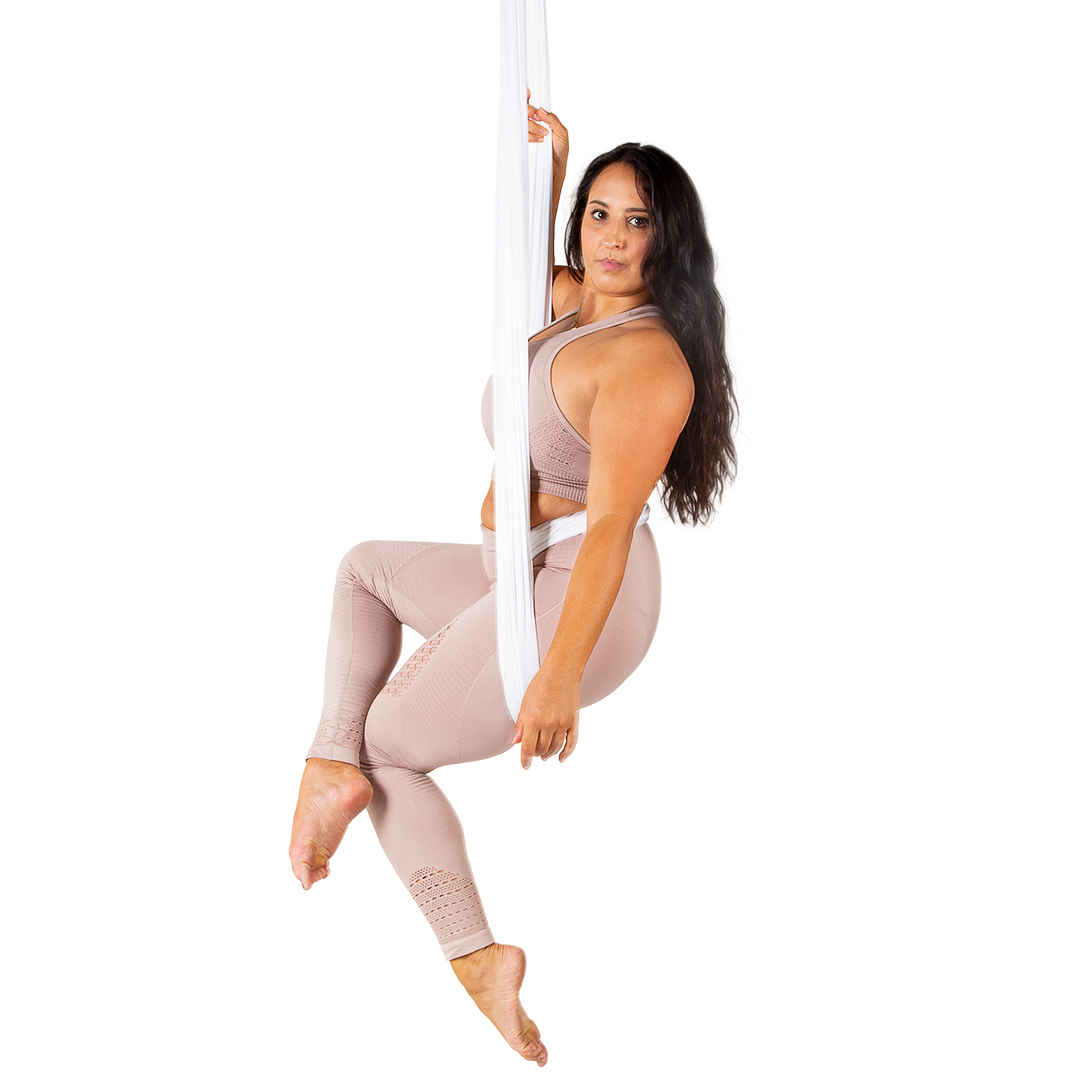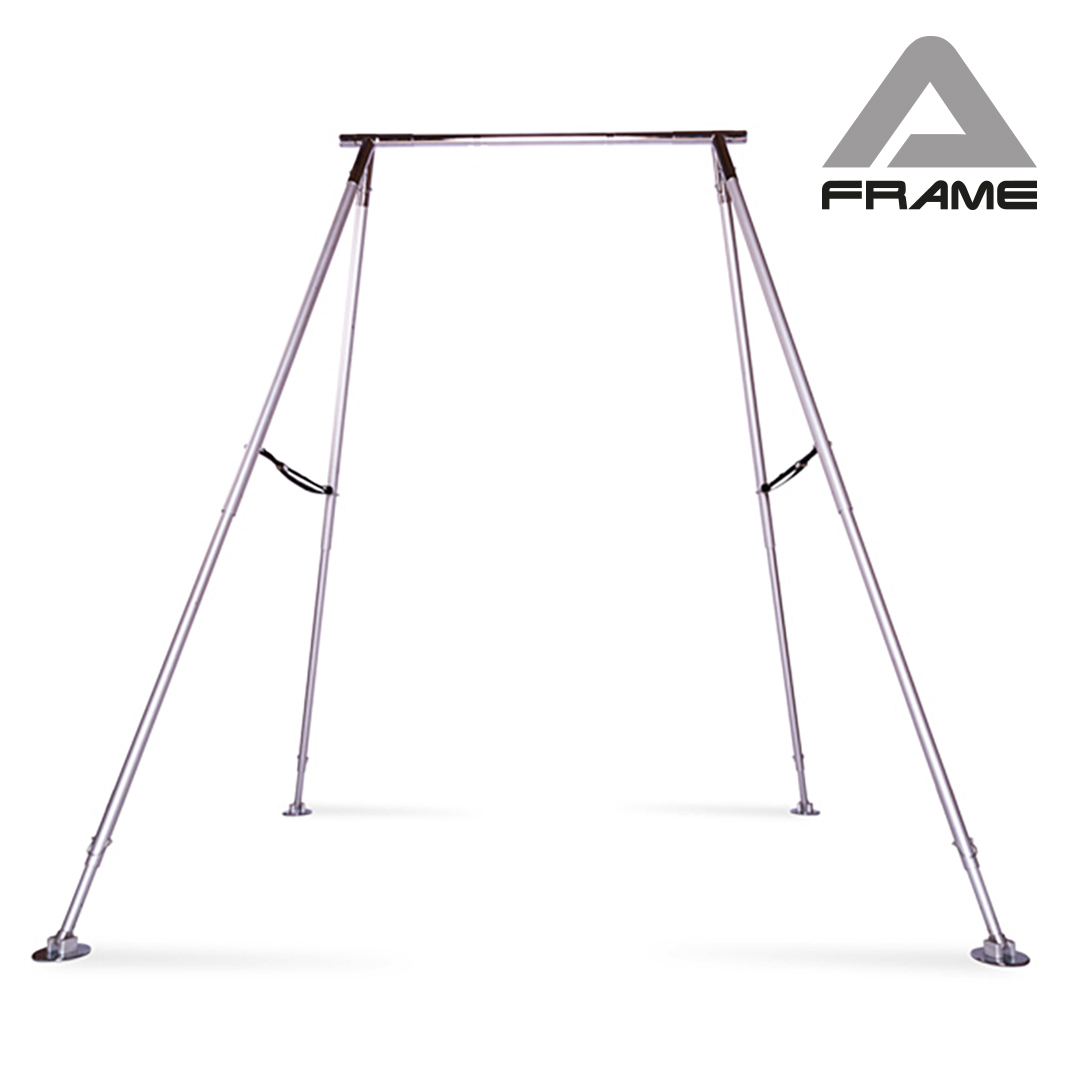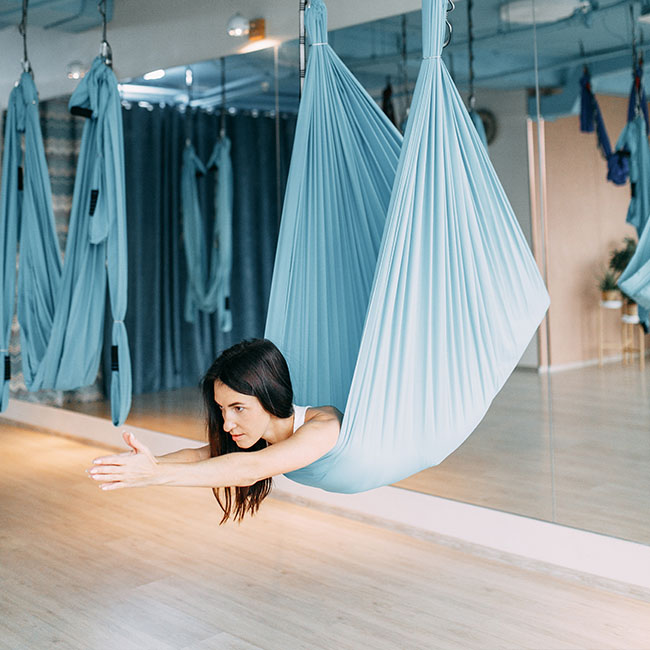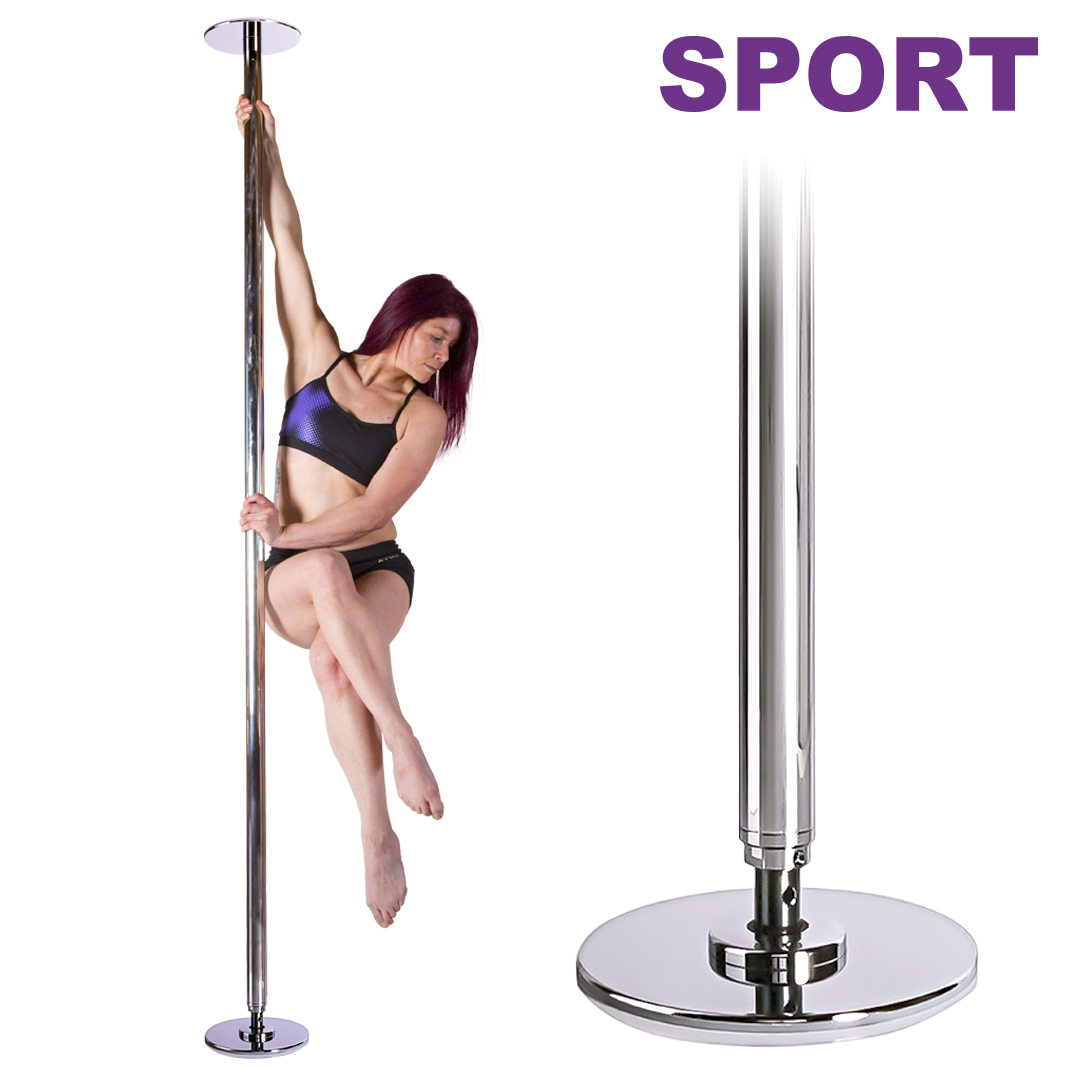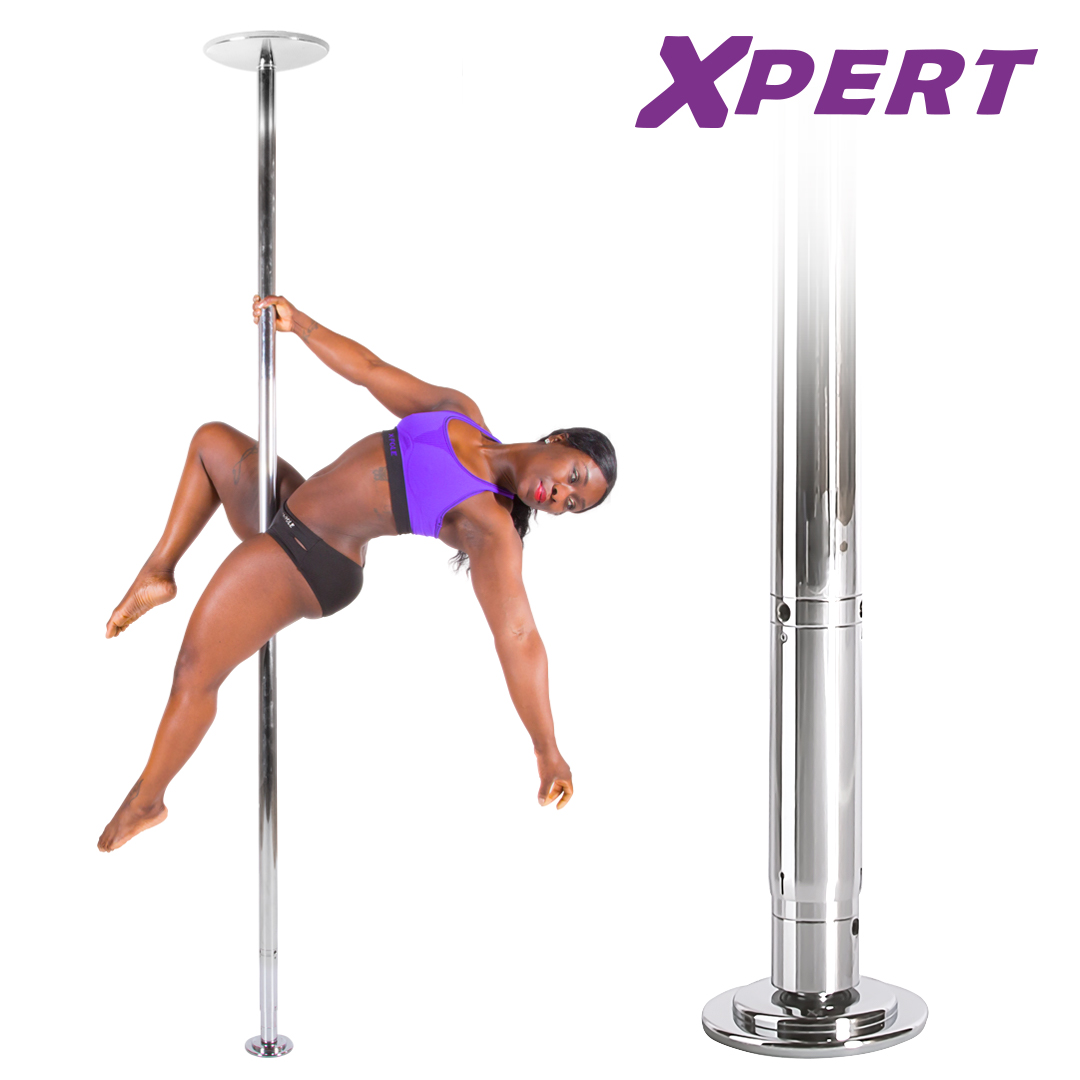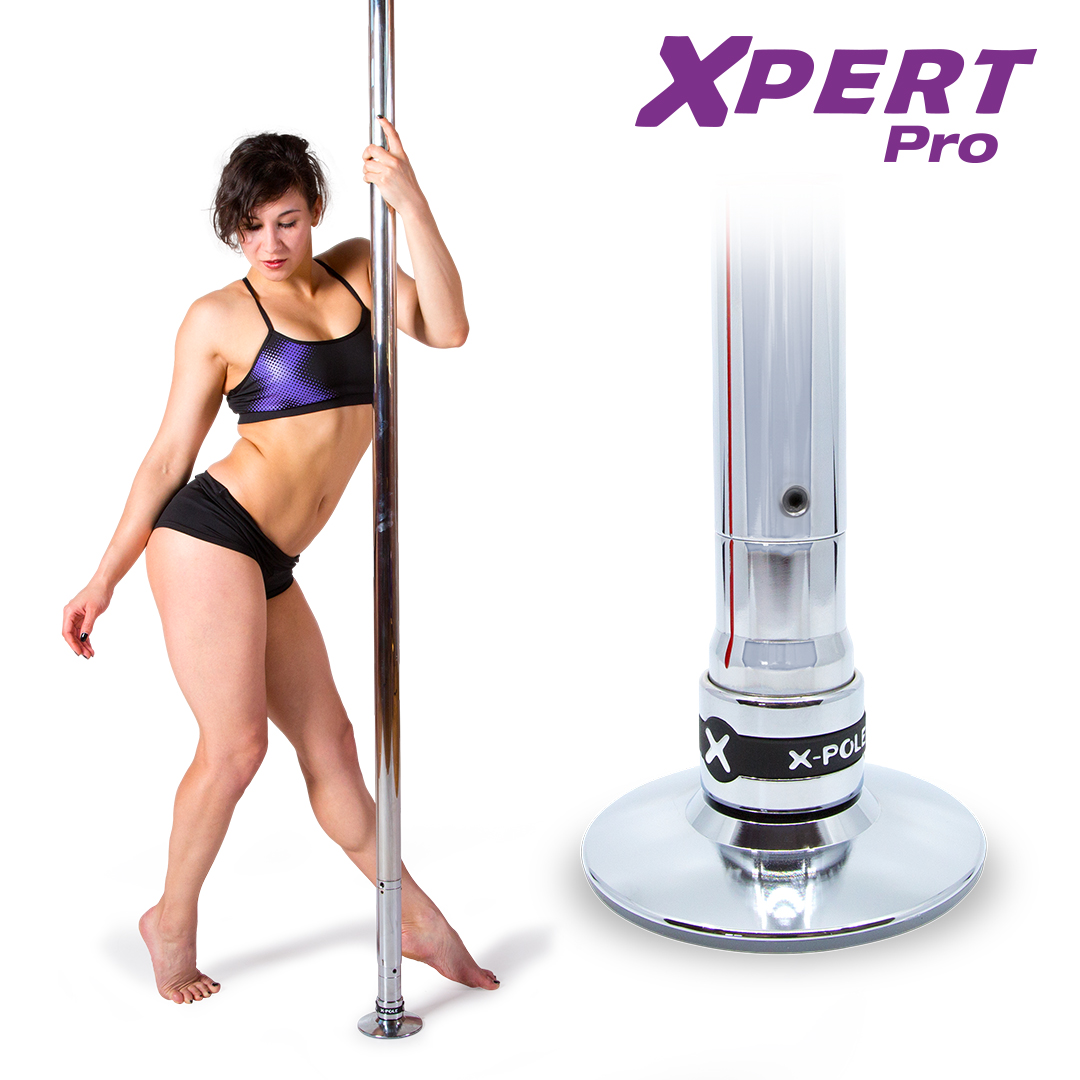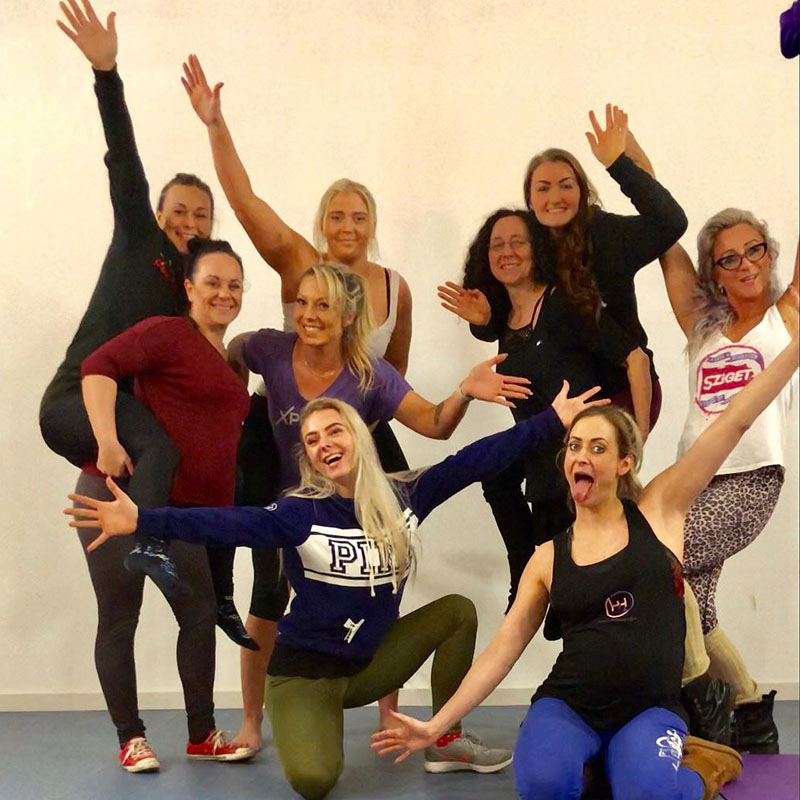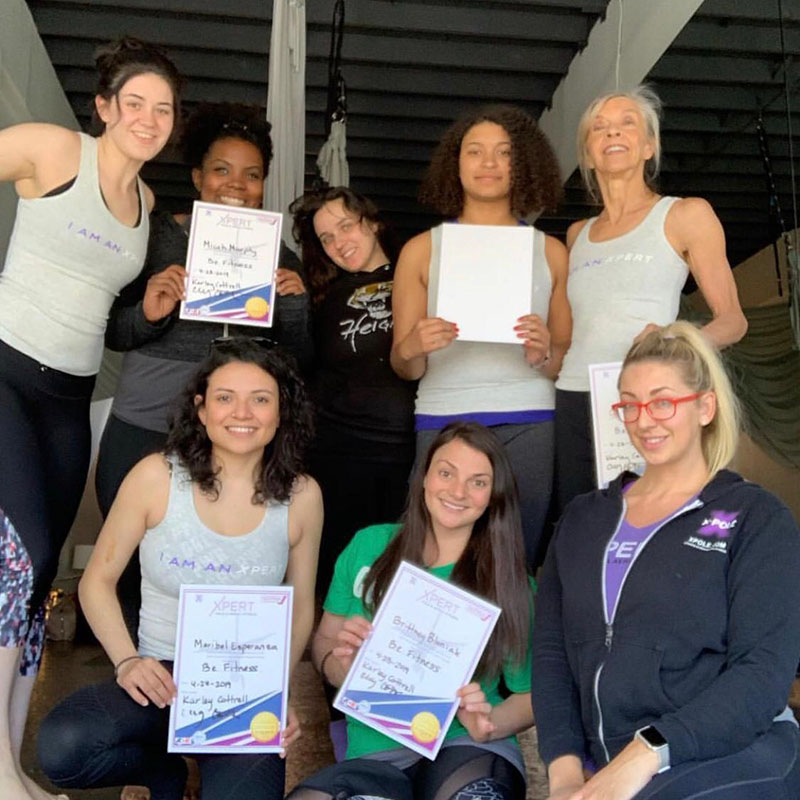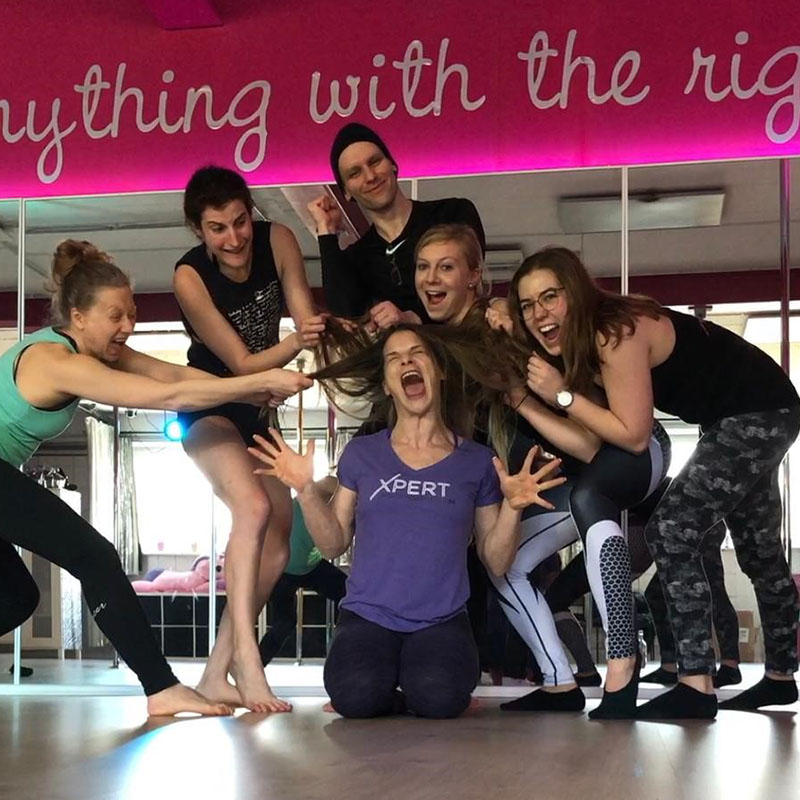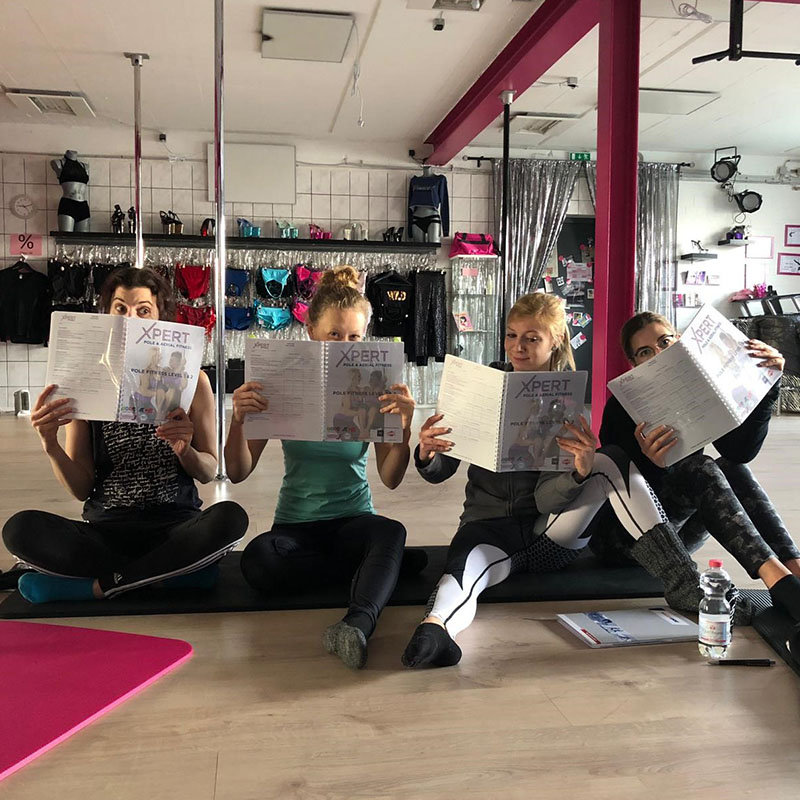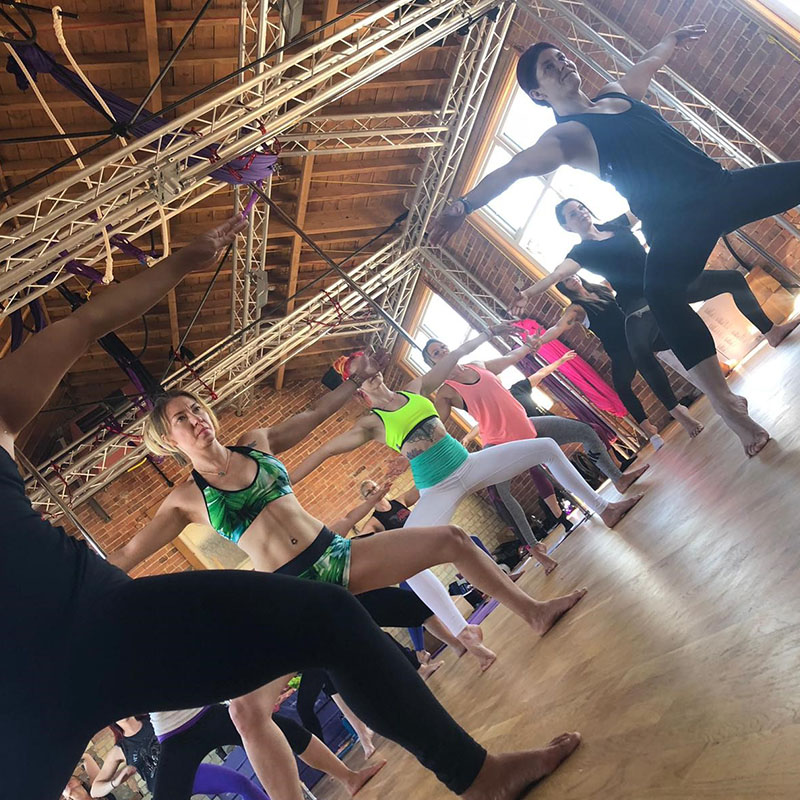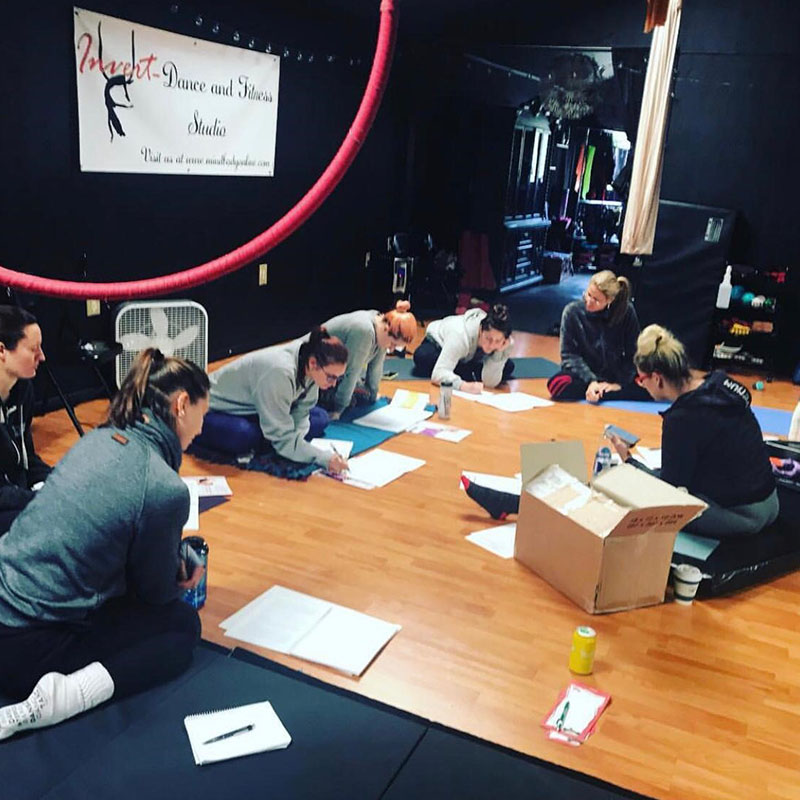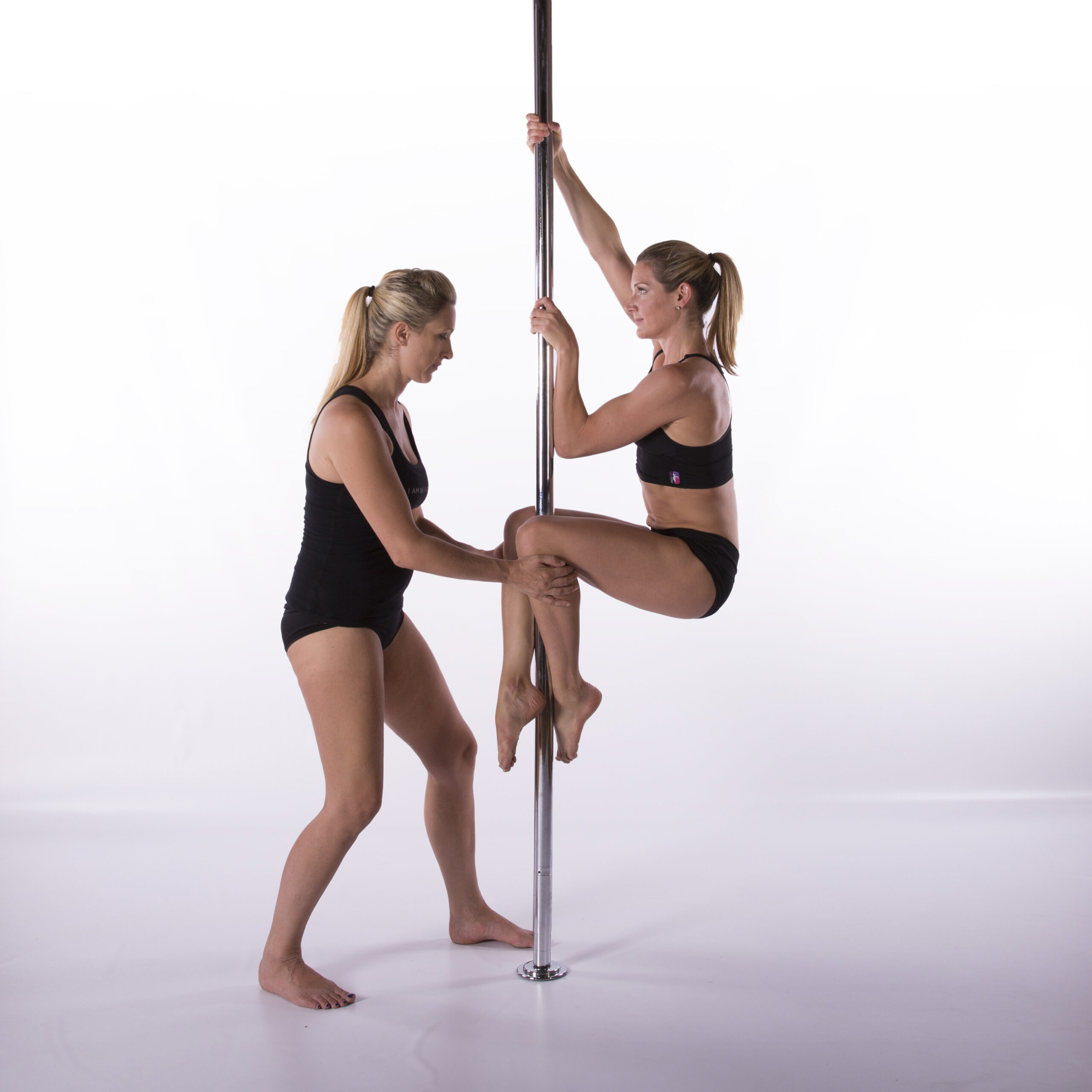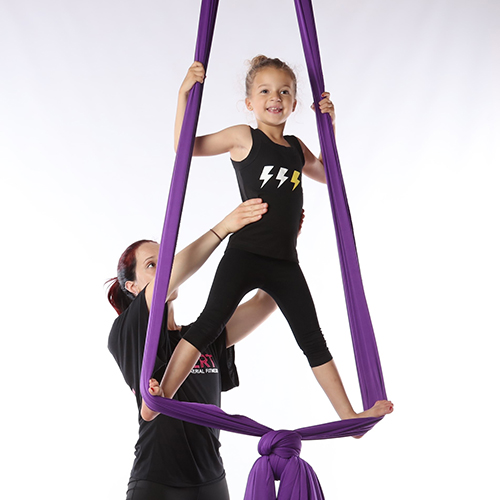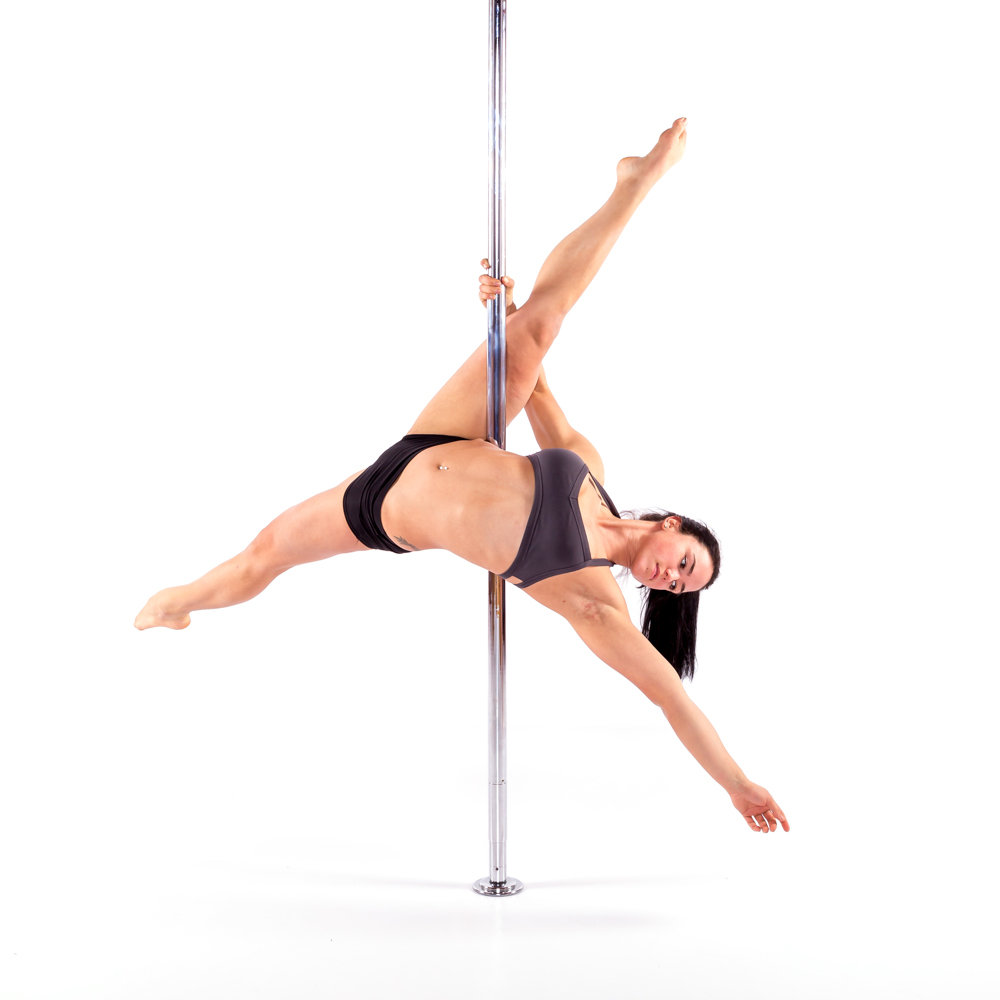Toxic positivity: “We define toxic positivity as the excessive and ineffective overgeneralization of a happy, optimistic state across all situations. The process of toxic positivity results in the denial, minimization, and invalidation of the authentic human emotional experience.”
The Psychology Group
Those who work in the pole industry are generally a positive lot. We know that a positive mindset reaps huge rewards. We create an environment for our students of support and positivity. We are absolute masters of inspirational quotes and memes about never giving up and hard work paying off.
More than ever, we are hugely appreciative of support from our friends, family and loved ones. Messages of kindness and consideration are invaluable to us in these difficult times. But as we leave Lockdown 2 and enter Lockdown 3: The Return Of The Tiers, the sequel we all knew was in production but nobody wanted to see, misplaced positivity can reach toxic levels.
It may be wonderful for those with secure employment and steady income to spend December looking forward to lovely nights under a blanket and extra quality family time as the nights draw in, but for the majority of the pole industry, watching studios close their doors yet again, small businesses that took years to build, is heartbreaking and soul destroying.
Here’s why now is not the time for unsolicited albeit well intentioned advice – or, how to find your Mr Brightside in what can feel like a sea of toxic positivity.
It’s only for a few weeks – stay positive!
It isn’t only for a few weeks. It’s a few weeks on top of the four week lockdown on top of the original four month lockdown, longer in many parts of the U.K. Businesses only reopened their doors a few months ago, and under a whole new complex set of regulations.
And is it really only going to be a few weeks? And even if it is, what about the next sequel, Lockdown 4: Lockdown With A Vengeance? Or its sister spin-off franchise: Lockdown Vs Brexit?
No you’re right. This negative mindset doesn’t help anyone. You are absolutely correct. Ok. Let’s be positive! It IS only a few weeks.
It’s just a month! So I’m sure you wouldn’t mind giving me your months wages. You won’t even notice right? A months outgoings is NOTHING! Especially not the month before Christmas. It’s fine. I’ll just give you my bank account details and you can send it right over yeah? Cool.
What I’m sure you actually mean: “let’s hope it’s just a few weeks. Keeping my fingers crossed for you.”
I heard you can get a grant/assistance/some kind of financial help!
Oh thank you for your second hand incomplete vague advice! We are saved!
Let me assure you that EVERY SINGLE SMALL BUSINESS OWNER with any brain capacity whatsoever has spent a considerable amount of time, possibly including watching the sun set and rise, frantically researching every single possible option available to us. We know this industry inside out – as well as you probably know yours, surprisingly. Additionally we are a very strong community and we share a lot of knowledge, information and support. There is not a single piece of information relating to our industry we don’t know about, or haven’t thoroughly researched.
If you are a friend who is genuinely trying to help or offer support, thank you from the bottom of our hearts, we do appreciate that and we love that you are thinking of us. But if you are trying to tell us we don’t need to worry because you read something online, chances are we already know about it, and no, it’s not necessarily all that helpful. And no, we can’t invoke some ancient rule from the Magna Carta either.
What I’m sure you actually mean: “I hope you’re able to get financial support, I feel for you. And also you have a nice butt.”
I heard from my mate that you can *insert weird loophole theory* why don’t you try that?
Ah, the magical dance of the loophole.
We are professional business owners. Exploiting loopholes is morally questionable at best, and dodgy as f*** at worst. One of the reasons our students trust us and feel so comfortable coming to us is our professionalism – during this pandemic we have invested a huge amount of time implementing extensive Covid safety policies and a huge amount of money on strict cleaning regimes and equipment. Gym settings have to be one of the most stringent industries around for post Covid secure policies, and as a result studios and gyms are one of the lowest places for Covid transmission. Who is going to risk endangering students and inviting the wrath of the local council and Public Health England because “my mate on Facebook says a girl he went to school with registered her premises as an ambulance so technically she can open as it’s classed as an an emergency”
Stop playing games with our professional business. You’d run a mile if we suggested illegal practice for your business, and we are running a mile from you.
What I’m sure you actually mean: “I know you’re a professional and know what you’re doing. I respect any decisions you make because I’ve seen you come this far and I have faith in you. Also you’re a total badass.”
Can’t you get another job?
Let’s be clear here: we are well aware that we may need to look at other ways to bring in a wage. This is true of everybody, in every industry and every profession. Nobody is above that. But before you suggest this to your friend because, in your opinion, working in the fitness industry is no big deal, just think how you’d feel if someone suggested this to you. To set aside all the work you’ve put into your long term and successful career, your training, experience, promotions you worked so hard for, successes you achieved, networking within your industry, respect of your peers, relationship with your clients… the list goes on. Just because our industry doesn’t sit behind a desk and make deals over board room tables, doesn’t make it any less valid.
The jobs we are currently in are what we have worked towards for years, possibly decades. Dancers, gymnasts and athletes may even have been in training for these roles since we were in school. Our jobs are not typical ones, they are fairly niche specialities, that we work and train for, perfecting techniques, practising, rehearsing, training. Our jobs are our passion. At a time when the nation’s both physical and mental health is so crucial, we take that responsibility to our students very seriously. If we are lucky enough to have made our passion our business and livelihood, please don’t underestimate how hard it is to be told to walk away from that and “just get another job”. It’s not just a job to us. It’s really isn’t. As I’m sure yours isn’t to you.
Additionally, you may have noticed that we are in the midst of a global pandemic, and businesses are losing employees at a high rate, not taking on new ones. What makes you think we can just walk into a new industry in which we have no experience and pick up a new job?
An extra aside here: Please don’t throw around jokes about what you see as menial labour or inferior jobs. Laughingly throwing out comments about oh well, you can always work in McDonald’s/Tesco/sweep the streets/become a stripper is fairly insensitive – a lot of people do those jobs and do them well and with pride, and are keeping the country going. They aren’t a hilarious back up plan for when you can’t do your lovely comfy well paid job.
What I’m sure you actually mean: “I know how much you love your job and your students and how hard you’ve worked to come this far, and I really hope you’re able to keep going. You’ve got this!”
Don’t try to get me into your MLM scheme
Ok no shade here, each to their own and if you are doing well and are happy in your MLM role then power to you. But if you pop up with your “hey babe! How’s it going?!” in my inbox and try to tell me I can make heaps of cash joining your “team” you’ll be taking a long walk with your vitamin pills/magical serums/whatever where you won’t find them for a long time. Extra gross points for trying to exploit the pandemic to make sales – “at times like this it’s even more important to look after your health and boost your immunity with this weight loss tea” thanks hun!!! Now f*** off.
What I’m sure you actually mean: “I wish I could help you, I feel so helpless watching people I care about feel so worried. Please know that I’m thinking of you and trying to be positive. Also did I mention you have a great butt.”
We are all in the same boat. Lots of people have it worse
Saying you can’t be sad or upset about something because other people will always have it worse is like saying you can’t be happy because other people will always have it better. Feeling frustrated, worried, sad or lonely is perfectly valid and we shouldn’t constantly feel like we have to put on a happy face. And no, not everyone is in the same boat. There are lots of boats, a whole flotilla of boats, and some are sinking faster than others. I love a crap extended metaphor as much as anyone, but please stop talking about boats.
What I’m sure you actually mean: feel free to unload on me at any time because I know it’s crap for you. And after we’ve moaned a bit we can have a laugh and hopefully it’ll cheer us up a bit.
Learn to read the room
Maybe despite everything, you’re on a trajectory of joy and success.
Doing well despite the world going to hell? Promotion? Pay rise? Sleeping with Ryan Reynolds? Fantastic! Good for you! That’s great!
But here’s the thing: maybe now is not the time to plaster that all over Facebook in glorious HD Technicolor. To be clear, this is not ragging on people doing well. You deserve that and have worked hard to get there, and as your friends and loved ones we want to celebrate that with you. Truly. Via zoom, if necessary. But a little consideration and compassion for people who are worried about losing everything goes a long way.
What I’m sure you actually mean: “I really want to share my good news with you because you’re a special person in my life and you’re important to me. But I also know it’s ok for you to have a bit of a moan and a mope and maybe I’ll wait until you’ve had a bit of time to do that before I bring this up.”
Tough love
Maybe you are a proponent of tough love. Maybe you think a strong dose of reality is what everyone needs. Maybe you genuinely don’t care about how other people feel or about their opinions of you. In which case, great! Congratulations on your psychopathy bro. I’m sure it’ll stand you in great stead in years to come as your friends slowly stop inviting you to things and you’re left alone. There is absolutely a time and a place for tough love and some stiff upper lip and all that. But ask yourself – is this really what my friend needs right now? More than ever at the this time it’s important to look out for each order, be kind, be caring, be considerate, and be empathetic.
And that, right there, is my positive stance at this moment in time. My students have been amazing, and have adapted to the new rules and regulations and procedures with intelligence and good humour. They have been kind, loyal and supportive, as has this industry and community as a whole. I feel very lucky to be surrounded by such hard working, positive, inspirational and uplifting people both in a work capacity and as my friends.
There is always hope. More than ever, we need to look out for each other, and support each other. Now is the time to get creative with our businesses, and rely on all our knowledge, experience and instinct to get through this. With so many opportunities opening up online, more than ever we can support our instructors and friends by taking their online classes, and supporting our studios.
There are tough times ahead but I know I’m not going through it alone. And THAT is my Brightside.
Bexiita Ackland
